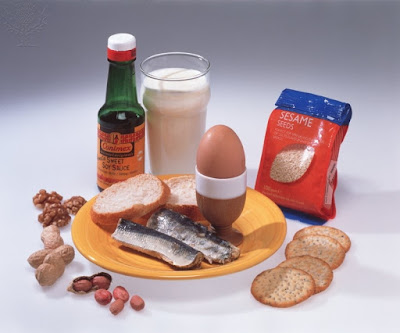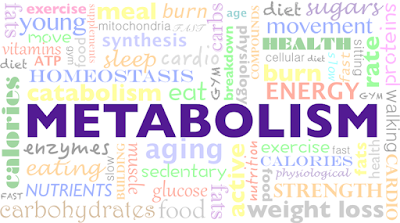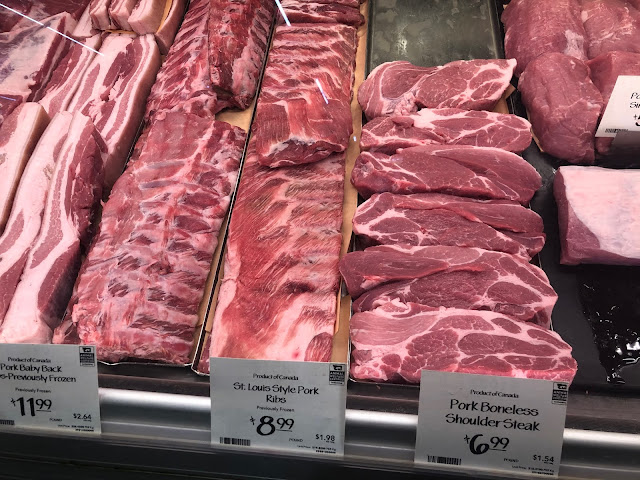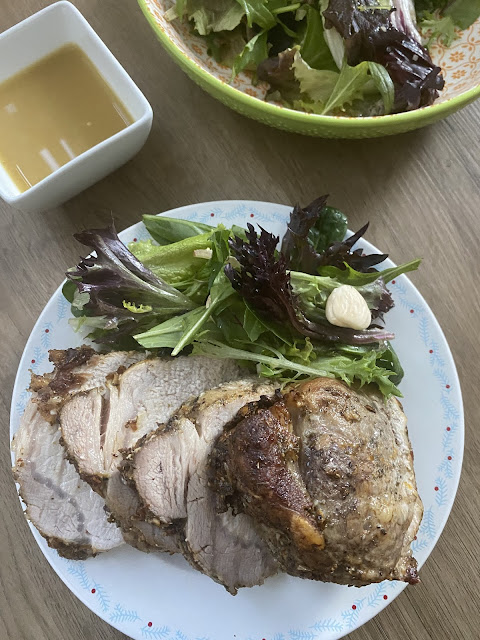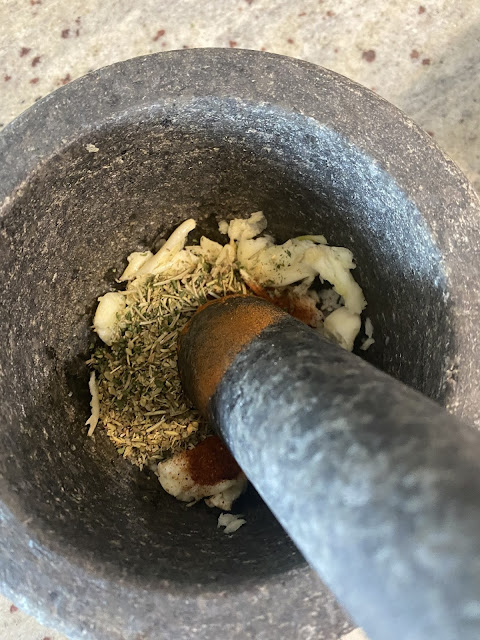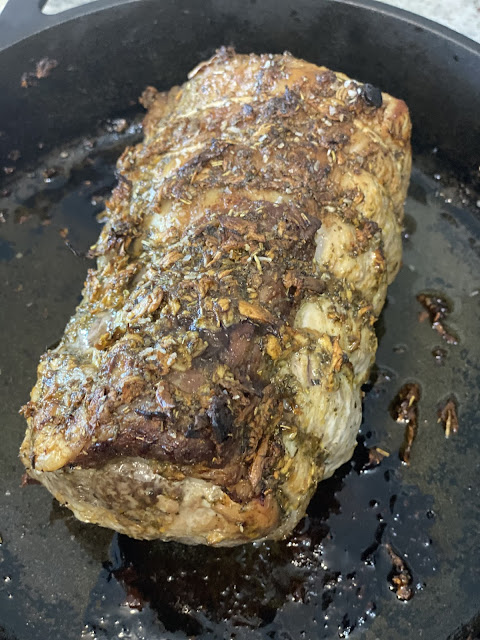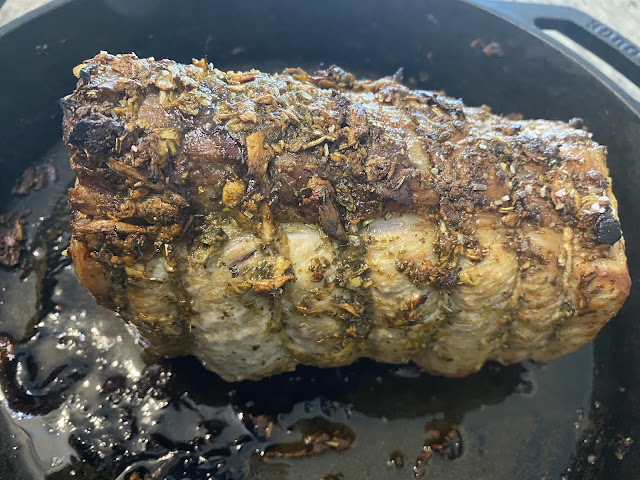Bob Weber, A. (2019). Report suggests agriculture needs changes to save climate and Canadian farmers [Image]. Retrieved from https://www.ctvnews.ca/business/report-suggests-agriculture-needs-changes-to-save-climate-and-canadian-farmers-1.4726376
Introduction to farming and farming methods:
Farmers are the backbone of every country. A farmer is a person who grows crops or keeps animals for people for food and raw materials. I really have massive respect for them as they work very hard inspite of any climatic conditions. We need doctors, lawyers, policemen, and other professionals once in our life but we need farmers every day and in every meal of our life. I still remember my mother's anger and her saying whenever I waste food during my childhood days. She always reminds me to think of people who work on a farm all day long before wasting food. To be honest, it took so long for me to understand, and now I repeat that to my kid. We really have to thank them because they are the major reason to enjoy our food.
Farming is a part of agriculture and there are different types of farming practiced all over the world. A few important types of farming are:
Arable - This type of farming involves growing crops and particularly in a warm climate.
Pastoral Farming - This type of farming involves animals and only practiced in cold and wet climates. This farming is not ideal for growing crops.
Mixed Farming - This type of farming involves both the growing crops and rearing of animals in the same piece of land. This farming type reduces the risk of making losses due to climatic conditions.
Subsistence Farming - This type of farming involves both crops and animals but purely done for personal use.
Commercial Farming - The main purpose of this type of farming is to make a profit and involves both crops and animals.
Extensive and Intensive farming - Intensive farming is a method that uses high inputs and advanced agriculture techniques to increase the overall yield. In extensive farming, more and more land is brought under cultivation to increase the yield.
Nomadic Farming - In this type of farming, the farmers move from one place to another in search of pasture and land.
Sedentary Farming - In this type of farming, the crops are grown and cultivated in the same land for many years.
Poultry Farming - This type of farming involves the rearing of poultry animals like chicken and turkey for their meat and eggs.
Fish Farming - This type of farming is also known as aquaculture. This involves raising fish in large tanks and ponds.
Every type of farming practices different farming methods according to their climatic and environmental conditions. Since agriculture has a direct impact on the environment, following the proper farming method is essential. Conventional and Organic farming are the two methods followed in most places. The conventional method of farming relies on chemicals to fight against pests and weeds, and to provide nutrition to the plants. This is an unnatural farming method and the pesticides used are dangerous to our health whereas organic farming relies on natural farming methods. Organic farming is done to increase sustainability, biodiversity and it also, encourage good soil and quality air.
The awareness of sustainable farming has been increased and there are many sustainable farmers around who care about the environment. This is the smarter approach to farming to control soil degradation and environmental pollution etc. Sustainable farming does not have to be only organic. There are many methods and practices involved like permaculture, bio-dynamic farming, hydroponics and aquaponics, urban farming, polycultures and crop rotation, etc.
Permaculture - This method gives farmers a way to achieve more productivity and yield while doing it in a sustainable and environmentally friendly way than conventional methods.
Urban Farming - It is a practice of cultivating, processing, and distributing food in and around urban areas.
Polycultures - It is a form of sustainable farming in which many varieties of crops are grown simultaneously or in a crop rotation.
Biodynamic farming - This is similar to organic farming but advance than organic. Both organic and biodynamic farming are grown without chemicals and GMOs. But biodynamic follows a holistic practice where all things(plants, animals, and solar systems) are considered living interrelated systems. This method creates healthier plants and helps to restore the soil with nutrients.
And coming to today's Profile a Farmer assignment, I chose Cheyenne who is the founder of Sundance Harvest Farm. I personally admire her and have huge respect for the work she does. I got to know about her farm through our Theory of Food Professor in the First Semester and since then, I follow her Instagram page. The first thing which really impressed me was her age. Having an average age of farmer as 50 in Canada, she is just 23 years old. This gives motivation and encouragement for the younger generation to succeed in farming.
About the farmer:
Cheyenne, A. (2021). Cheyenne Sundance, Founder and Farmer [Image]. Retrieved from Chayenne, A. Sundance Harvest. Retrieved 21 February 2021, from https://www.sundanceharvestfarm.com/Cheyenne Sundance is a self-taught farmer and, a food and community justice advocate. She is also on the board of Food Secure Canada. She grew up dealing with food insecurity which made her become a farmer to see true equity in agriculture. She shared in one of her interviews that when she thought of starting her own farm, she was told an unpaid internship which made her really upset because according to her, labor is labor and unpaid labor is exploitation.
Cheyenne did not go to school but she gained her agriculture experience while working in Cuba. At the age of 17, she learned organic farming, hunting, and tobacco gardening as well as food justice and socialist ideas. She moved to Toronto in 2018 with the dream of getting a job in Urban agriculture but no one hired her because of the racism. So out of frustration, she started her own farm with a little space and she was able to grow a lot of food for her community.
With her own hard work and struggle, she created an ethical and non-exploitative black femme farm with 240 square feet. She likes growing food because of the independence it brings to her and her community. Also, she offers free education to marginalized youth and her main focus is on food justice. She offers resources and knowledge to the black people community, indigenous people, a person with disabilities, and LGBT people to empower themselves and to start their own food and land sovereignty movement. In addition, recently she launched a community farm fundraiser to expand her business.
Her philosophy of choosing the farm is to see equity in agriculture. As she faced food insecurity because of racism, she wanted to help her community. She also has launched many programs like growing in the margins, Liberating lawns, etc. which helps mainly BIPOC (Black, Indigenous, and People of color).
Growing in the Margins:
Growing in the margins is a 12-week free urban agriculture mentorship program that provides education to low-income youth who faces barriers within the food system. This allows participants to gain confidence and be independent to create their own food system. In addition to growing in the margins, she runs her own farm school which is open to gardeners, students, activists, etc.
Cheyenne, A. Growing in the Margins [Image]. Retrieved from https://www.sundanceharvestfarm.com/gitmLiberating Lawns:
Liberating lawns is a yard sharing project which helps BIPOC youth food growers to grow their own food. This a popular way to help people who want to grow fresh and local produce but don't have access to land to grow. In this project, growers and landowners make an agreement and grow organic produce. No money is allowed to charge for the land instead growers shares their produce with landowners. The organic practice is a mandatory rule and must not use pesticides.
If you are interested in following her Instagram page, look for @sundanceharvest
Cheyenne, A. SundanceHarvest [Image]. Retrieved from https://www.instagram.com/sundanceharvest/
She leases space in Toronto and nurtures her organically grown green-house produce. The type of farming which she practices is Urban farming. As I mentioned above in the definition of Urban farming, she grows and distributes with the community. Starting this April, her grown produce will be available for delivery and pickup through her weekly CSA and in Dufferin Grove Farmers Market. CSA is community-supported agriculture where farmers get a stable income directly from the consumers.
She grows mainly roots and greens using organic growing methods. Swiss Chard, Kale, Radish, Fennel, Tomatoes, Collards, Spinach, Bok Choy, Cucumbers, Baby beet - vegetables and different varieties of herbs were grown in her farm.
Cheyenne, A. (2020). Second planting of Salanova [Image]. Retrieved from https://www.instagram.com/p/CHnuGDLgqWG/Since cheyenne has taken a break, her ecological grown produce will be available from April. And as mentioned in the above image, for $30, 7 varieties of products are distributed which include herbs, vegetables, and greens.
In terms of sustainability, Sundance Harvest Farm follows the principles of Urban agriculture. Sustainable urban agriculture is supportive of environmental health since it requires low input of water and no use of pesticides. Also, it supports economic profitability by reducing the transportation cost of shipping between producers to markets. In addition, Urban agriculture also offers a wide range of other functions like nutrient cycling, microclimate control, urban greening, community socialization, preservation of cultural heritage, and education.
When I compared the above products with Loblaws, I found Cheyenne's product is just 3-4 dollars higher than Loblaws. But considering in terms of sustainability, her farming practices, and principles behind the farm, I feel it is worth the buy. I feel the price is quite reasonable that most of them can afford to buy and also consuming organically grown produce has many nutritional benefits.
Personally, I love greens leafy vegetables. I really get motivated to buy fresh green vegetables whenever I see her Instagram post. I still remember the post which she posted on November 16, 2020, lovely fresh collard greens which made me buy collard for the first time and try Collard wrap. In one of her interviews, she mentioned that growing kale and swiss chard is easy compared to other greens and also it is healthy.
Chayenne, A. (2020). My body is heavy but my soul is light [Image]. Retrieved from https://www.instagram.com/p/CHqknXFgy-K/
In the future, if I get a chance to buy her weekly CSA (produce box), I want to prepare the following recipe.
Kale bunch - Kale and lentils Curry, Kale and bean soup
Salad Mix - Chicken salad wrap
Parsley - Gremolata
Bunch of Beets - Roasted beets with feta salad, Stuffed beet leaves wrap
Snap peas - Garlic snap peas stir fry
Chard bunch - Swiss chard Quiche
Pea shoots - Pasta using pea shoots
I really enjoyed this assignment. I learned that it is essential for everyone to know where our food comes from and how it is grown, what method is used for farming and what impact does it gives on the environment. It was absolutely great learning about farming and Cheyenne's Sandance Harvest Farm. I am aware that farmers work very hard but never knew that they also have a huge responsibility to the environment. My respect for their work grew more after this assignment. This assignment was an eye-opener for me and great learning to understand many sustainable farmers around. My perspective of Famers changed a lot now and wish in the future, I could become a responsible farmer. And also, wish I could get a chance to work at least for a day on the Sundance harvest farm.
I really appreciate her philosophy of choosing this farm to run in an ethical way. Since her practice supports the environment and provides equal rights to the employees, I feel this is the right choice for her career. She should continue this and expand her business which eventually helps many people.
Our farmers are dedicated to their work to give the best quality products. So supporting local farmers and buying from them will help to build community and also, ensure that there will be farms in our community in the future.
References:
Rodale Institute, A. Organic vs Conventional - Rodale Institute. Retrieved 21 February 2021, from https://rodaleinstitute.org/why-organic/organic-basics/organic-vs-conventional/
Green Tumble, A. (2015). 10 Sustainable Farming Methods and Practices | Greentumble. Retrieved 21 February 2021, from https://greentumble.com/10-sustainable-farming-methods-and-practices/
Krishnan S., Nandwani D., Smith G., Kankarta V. (2016) Sustainable Urban Agriculture: A Growing Solution to Urban Food Deserts. In: Nandwani D. (eds) Organic Farming for Sustainable Agriculture. Sustainable Development and Biodiversity, vol 9. Springer, Cham. https://doi.org/10.1007/978-3-319-26803-3_15
Bob Weber, A. (2019). Report suggests agriculture needs changes to save climate and Canadian farmers [Image]. Retrieved from https://www.ctvnews.ca/business/report-suggests-agriculture-needs-changes-to-save-climate-and-canadian-farmers-1.4726376
Cheyenne, A. Sundance Harvest. Retrieved 21 February 2021, from https://www.sundanceharvestfarm.com/
Cheyenne, A. (2021). Cheyenne Sundance, Founder and Farmer [Image]. Retrieved from Chayenne, A. Sundance Harvest. Retrieved 21 February 2021, from https://www.sundanceharvestfarm.com/
Cheyenne, A. Growing in the Margins [Image]. Retrieved from https://www.sundanceharvestfarm.com/gitm
Chayenne, A. (2020). My body is heavy but my soul is light [Image]. Retrieved from https://www.instagram.com/p/CHqknXFgy-K/
Cheyenne, A. (2020). Second planting of Salanova [Image]. Retrieved from https://www.instagram.com/p/CHnuGDLgqWG/










